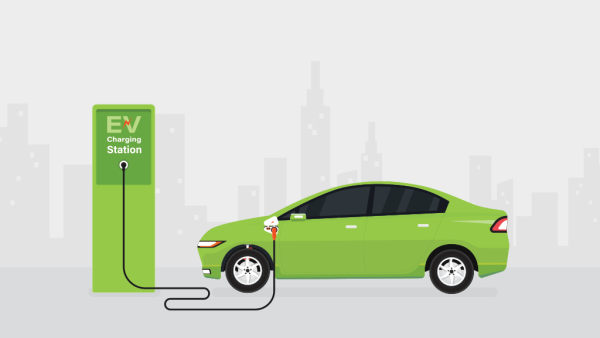High gas prices have understandably made plug-in electric and fuel cell vehicles more attractive in recent years. While a provision in the Inflation Reduction Act of 2022 is designed to make the switch less of a financial burden, there is confusion surrounding some of the new requirements for the Clean Vehicle Credit.
Naturally, the Internal Revenue Service has been working to issue guidance for those new requirements. As part of that effort, the agency announced proposed regulations in Notice 2023-1 and updated webpages containing general information about the Clean Vehicle Credit and an index of qualified manufacturers and vehicles.
How does the Clean Vehicle Credit work for TY 2023?
The Clean Vehicle Credit can be worth up to $7,500 for qualifying EVs and FCVs purchased and put into service on or after January 1, 2023. For the purposes of the credit, “put into service” means “the date the taxpayer takes possession of the vehicle” (N 2023-1, 5).
(Note: The Clean Vehicle Credit was available for clean vehicles purchased prior to 2023, but those requirements are different.)
Like many individual tax credits, those who want to claim the Clean Vehicle Credit cannot have a modified adjusted gross income (AGI) that exceeds a specific threshold established for their filing status:
- $300,000 for married couples filing jointly
- $225,000 for heads of households
- $150,000 for all other filers
Further, qualifying vehicles have to meet a number of requirements, ranging from the location of final assembly to MSRP thresholds for specific vehicle classifications. Here is how the IRS breaks down the requirements:
- Have a battery capacity of at least 7 kilowatt hours
- Have a gross vehicle weight rating of less than 14,000 pounds
- Be made by a qualified manufacturer. See [the] index of qualified manufacturers and vehicles.
- FCVs do not need to be made by a qualified manufacturer to be eligible. See Rev. Proc. 2022-42 for more detailed guidance.
- Undergo final assembly in North America
- [MSRP doesn’t exceed] $80,000 for vans, sport utility vehicles, and pickup trucks
- [MSRP doesn’t exceed] $55,000 for other vehicles
Further, the vehicle must be purchased new, and the seller has to report all required information to the IRS at the time of sale. To ensure a vehicle meets the North America final assembly requirement, the IRS recommends using the Department of Energy VIN Decoder tool. (The rules for used vehicles are different.)
What about the mineral and battery component requirements?
Unfortunately, the notice does not explain the critical mineral and battery component percentage requirements, which are generally considered the most complicated aspect of the updated Clean Vehicle Credit. However, the agency promises that proposed regulations for those requirements are “forthcoming” (N 2023-1, 3).
Want to learn more about the Inflation Reduction Act?
Attend a Drake Software webinar exploring the Inflation Reduction Act that features Drake Software Chief Revenue Officer John Sapp, CPA; Drake Software Lead Tax Analyst Bob Nolan, CPA EA; and Drake Software Tax Software Trainer Ann Campbell, CPA CIA. Sign up for “Inflation Reduction Act: Panel Discussion” on DrakeCPE.com.
Sources: Notice 2023-1; “Manufacturers and Models of Qualified Used Clean Vehicles,” IRS.gov; “Manufacturers and Models for New Qualified Clean Vehicles Purchased in 2022 and Before,” IRS.gov; “Manufacturers and Models for New Qualified Clean Vehicles Purchased in 2023 or After,” IRS.gov; “Credits for New Clean Vehicles Purchased in 2023 or After,” IRS.gov

